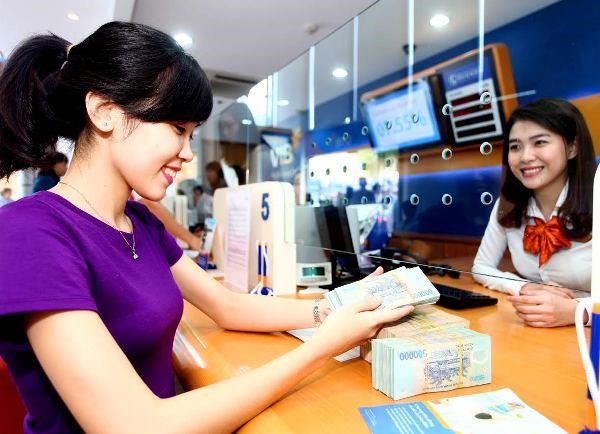The US is refraining from labelling Viet Nam a currency manipulator based on new data the country had provided to the Treasury Department.

The US is refraining from labelling Viet Nam a currency manipulator based on new data the country had provided to the Treasury Department, Bloomberg reported late last week, citing a person familiar with the matter.
Earlier, it was reported that Viet Nam had been at risk of the designation amid plans by President Donald Trump’s administration to lower the threshold for labelling potential manipulators.
The latest news came after in recent weeks, Viet Nam provided additional data aimed at showing the US Treasury it wasn’t holding down the value of the Vietnamese dong.
Vietnamese Deputy Prime Minister and Minister of Foreign Affairs Pham Binh Minh visited Washington on May 22-23, where he met with a number of US officials, including Treasury Secretary Steven Mnuchin last Thursday.
According to a statement by the Vietnamese Ministry of Foreign Affairs, at the meeting with Minh, Mnuchin said trade and investment was one of the key pillars in their bilateral relations, and hailed Viet Nam for sharing more information and tackling pressing economic and financial issues.
The US Treasury issues a report twice annually on foreign currencies. In the latest report, the number of countries under scrutiny for possible manipulation rose to about 20 from 12 after the Treasury altered one of the three criteria it uses to look for manipulation.
Previously, one of Treasury’s triggers to examine currency manipulation was a current account surplus - the difference between the amount a country exports and imports - of 3 per cent of gross domestic product. For the current report, it lowered the threshold to 2 per cent.
Besides the current account surplus criteria, the others are a bilateral goods trade surplus with the US of at least US$20 billion; and intervention in the foreign-exchange market that exceeds at least 2 per cent of GDP.
Experts believed that it would be unfair to label Viet Nam a currency manipulator as the country has never deliberately devalued its currency to gain a competitive export edge.
According to Professor Tran Ngoc Tho from the Ho Chi Minh City University of Economics, at this time in 2018, Viet Nam's foreign exchange reserves were $63.5 billion. After the State Bank of Viet Nam (SBV) sold foreign currency to intervene in the market, the amount fell to only $59 billion. From the beginning of 2019 until now, the SBV had bought a net amount of $5 billion. Thus, after a year, the reserve had remained unchanged, standing at approximately $63 billion.
This data showed that the SBV's forex market interventions were quite balanced, Tho explained, adding that the move aimed only to ease exchange rate instability in the local market, rather than create an advantage for exports.
Even as an export-oriented economy, Viet Nam’s primary goal is to keep the dong stable. The dong is among the steadiest currencies in ASEAN, having gone up by 0.21 per cent in 2017 and down by only 2.14 per cent in 2018, while other currencies went through extreme volatility.
Reports from the International Monetary Fund on REFR (real effective exchange rate - a measure of the value of a currency against a weighted average of several foreign currencies) released in July last year also showed that compared to a basket of strong foreign currencies and the dollar, the dong was still overvalued, not devaluing to support exports, Tho said.
According to the expert, devaluations of the dong had more negative impacts to Viet Nam than positive outcomes for local stock markets, exchange rates and investment flow. — VNS





